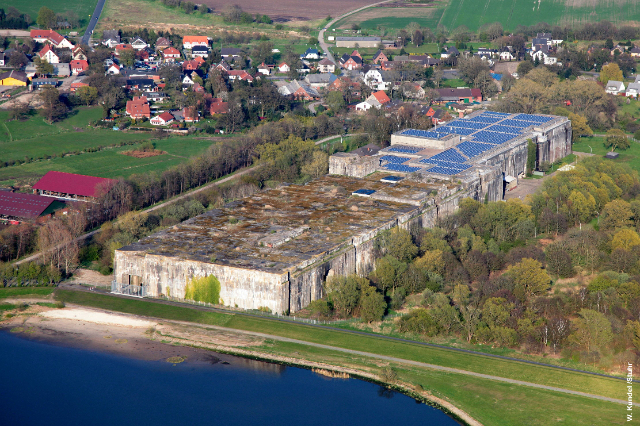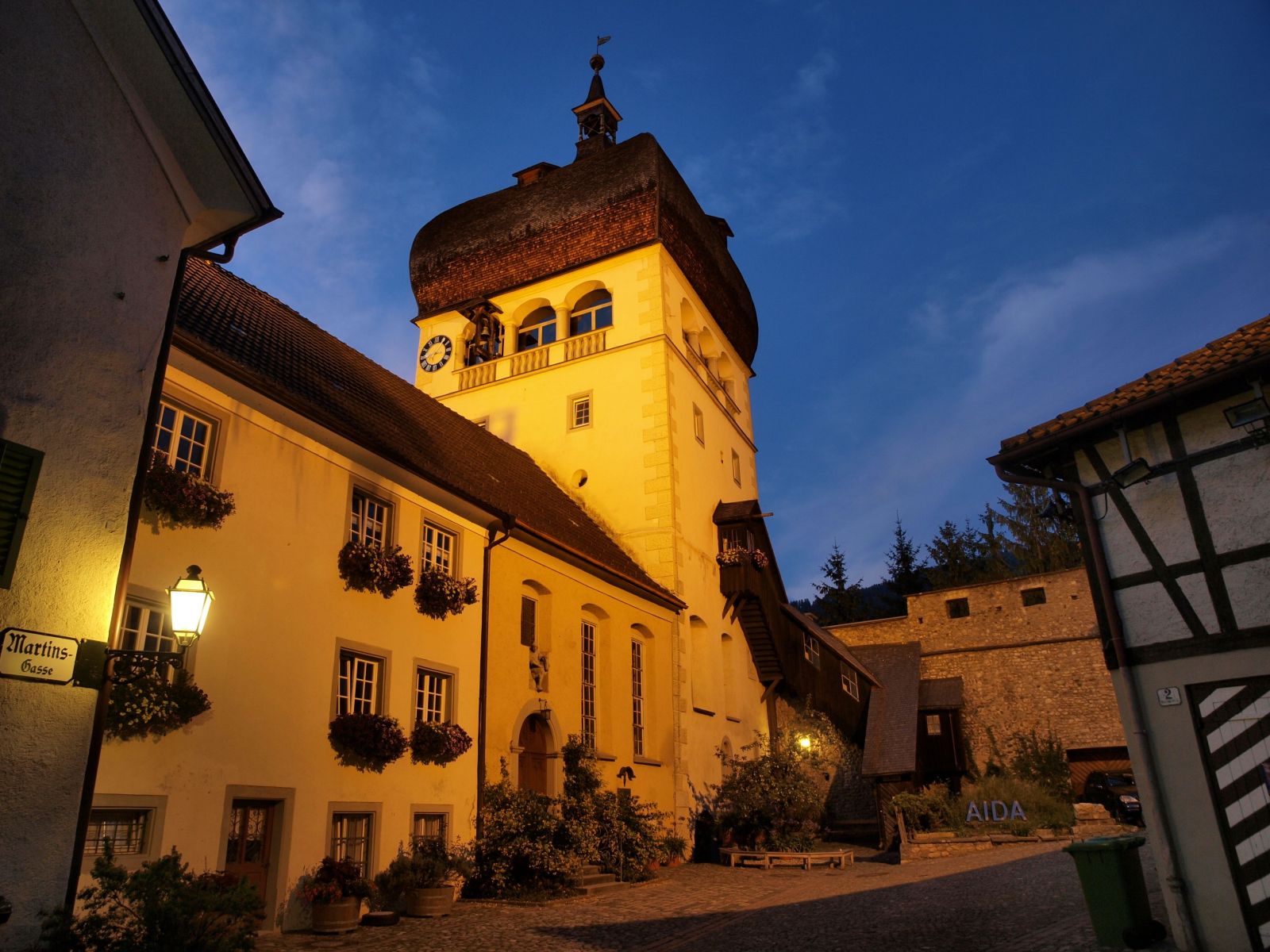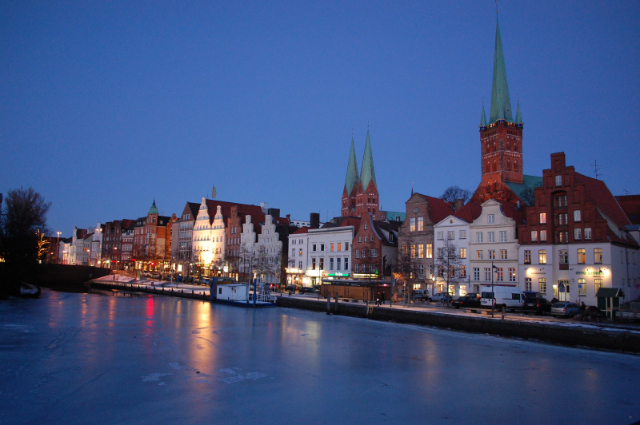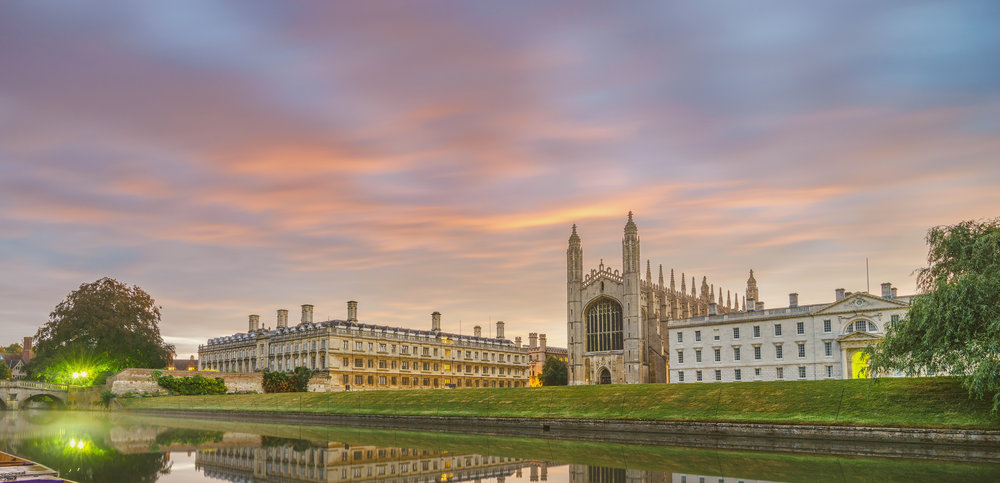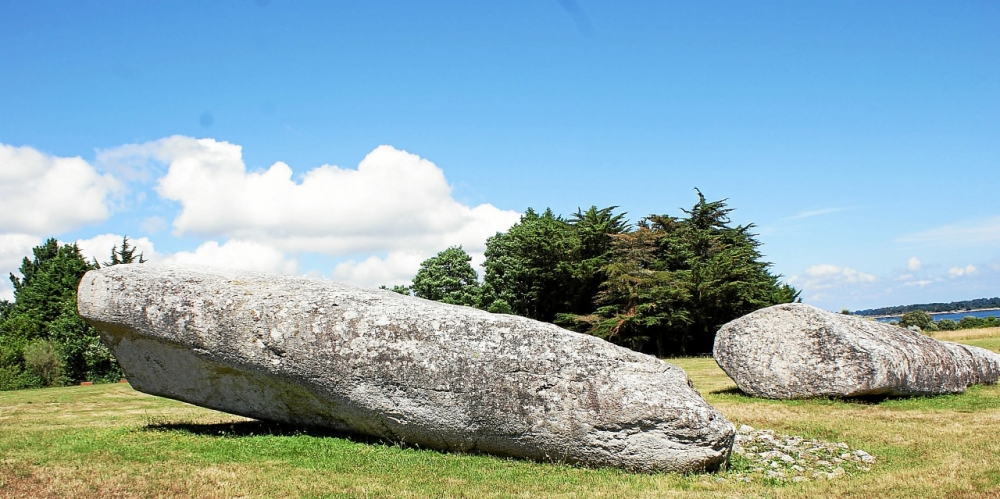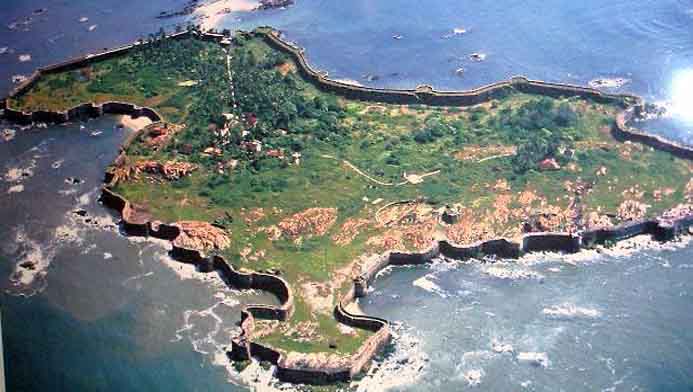Of extreme naturalistic-archaeological interest, as well as scenic, is the land area, extending from the promontory of Trentaremi to the valley of Gaiola, now enclosed within the Pausilypon Archaeological Environmental Park. The complex, which is accessed through the imposing Grotta di Seiano, a tunnel from the Roman era more than 700m long that connects the Bagnoli plain with the Gaiola valley, encloses part of the ancient remains of the Pausilypon villa, erected in the 1st century BC by the Roman knight Publius Vedius Pollione. Here, in the enchantment of one of the most fascinating landscapes of the Gulf, it is possible to admire the remains of the Theater, the Odeion and some of the reception rooms of the villa, whose maritime structures are now part of the neighboring Gaiola Submerged Park, overlooked by the Pausilypon’s sheer cliff-top belvederes. The amenity and beauty of the places, the mild climate, and the lush nature were some of the factors that from the 1st century B.C. onward made these places sought after, so much so that they quickly became the most luxurious and celebrated in the Roman world, prompting senators and wealthy knights to place their residences here. Among these certainly the Pausilypon villa (respite from distress) is the one of which the most significant evidence remains. The complex represents one of the earliest examples of a villa built by adapting the architecture to the nature of the places by including, in addition to the residential part, thermal baths, gardens, quarters for service workers, areas for performances, and toward the sea the port facilities with related buildings and the complex system of fishponds still well preserved. On the death of Vedio Pollione the Pausilypon became part of the imperial domain; the primitive nucleus was enlarged and adapted to the new functions of an imperial residence.
Of the vast building a theater in particular is preserved, the hemicycle of which, oriented south, has an ima cavea divided into three wedges and a middle cavea added later, both accessible by side stairs inserted into turrets, in addition to the orchestra; The stage area is also occupied by a pool perpendicular to the cavea, around which was a garden enclosed by a curvilinear wall. Above this area is another rectangular garden surrounded by a triplex porticus that also formed the stage of the nearby odeion. This second spectacle building belonging to the villa was actually a space dedicated to poetry, rhetoric or concert hearings, consisting of six steps and a cavea of quadrangular shape, as well as a large apsidal hall, placed in the middle of the middle cavea, with a podium bearing a statue In the residential quarter, equipped with reception rooms, some of the thermal rooms are still visible, particularly the calidarium.


